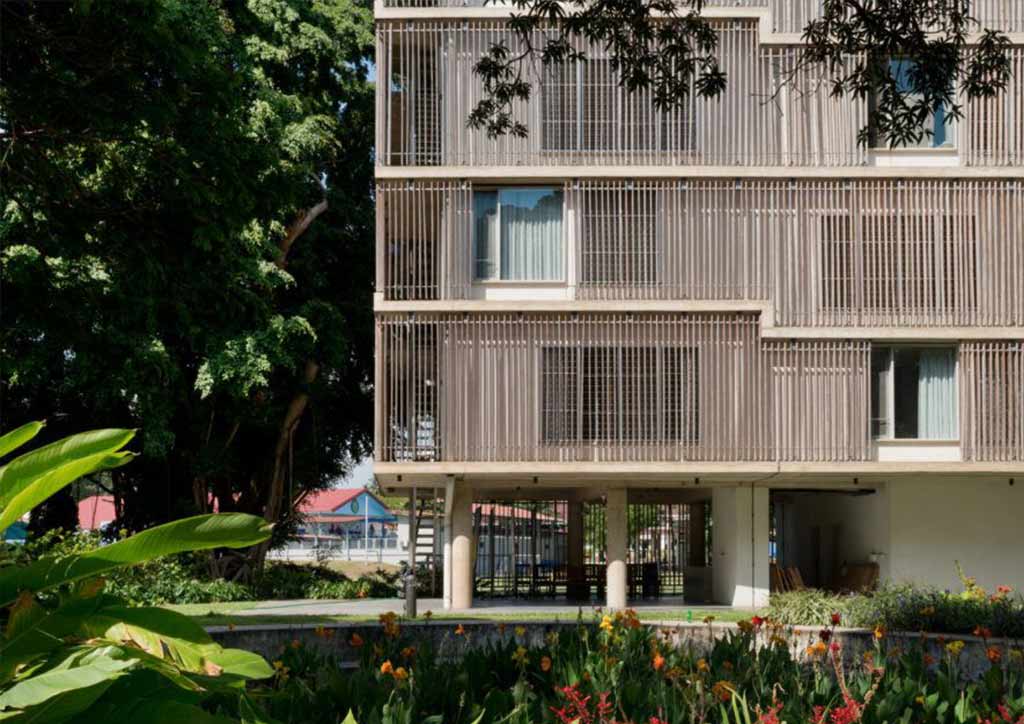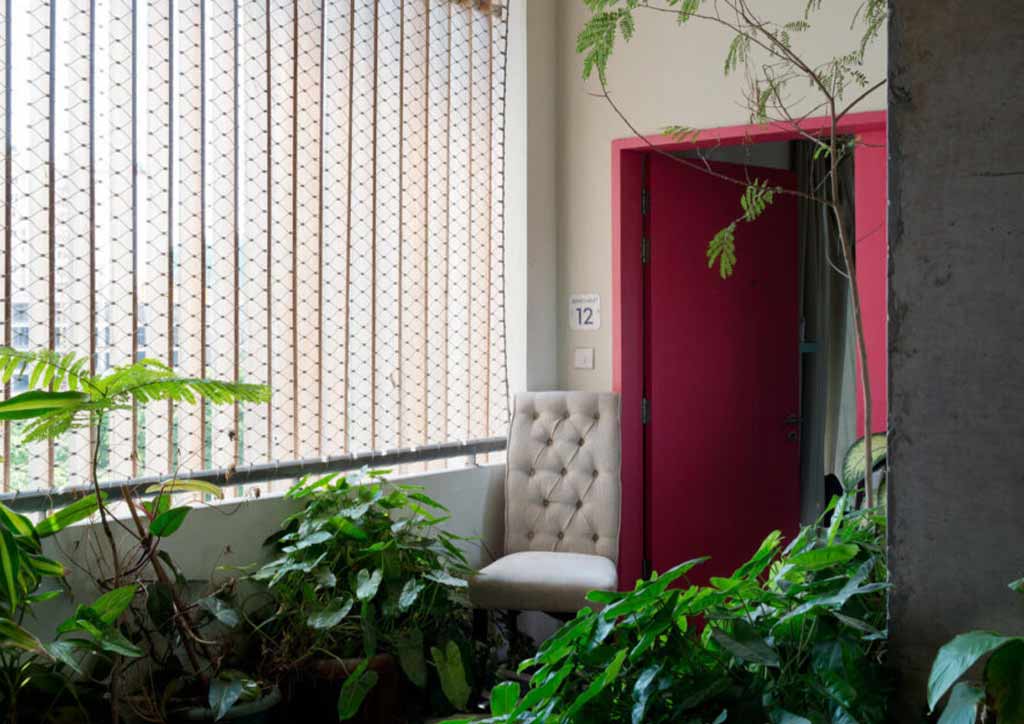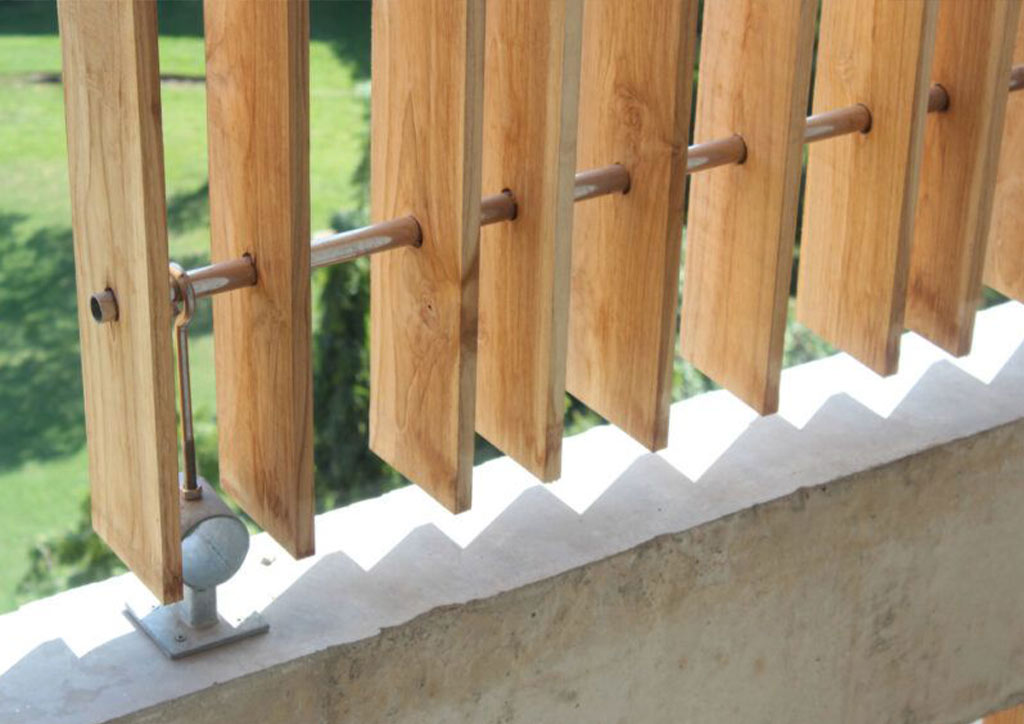
Tropical Architecture Reshaped for Urban Living
What does the Philippines have in common with a country on the other side of the globe? As it turns out, Tanzania’s humid tropical climate, combined with a vibrant, growing population, necessitates site-specific architectural solutions that are vastly applicable to our urban landscape.

Easing the isolation of urban living
The Teachers Housing is a 12-unit apartment block designed for the International School of Tanganyika by Architectural Pioneering Consultants (APC). Urban planners have noted that cooperative housing is one of the best ways to create affordable residences close to a densely populated city center. The Teachers Housing building incorporates a number of innovative features that serve to adapt the building to the region’s climate, in addition to the specialized needs of its urban residents.
One of the most common characteristics of urban life is the isolation and loneliness that is created by hermetically sealed housing units, which lack context and connection to the surroundings. Despite limited space, APC created a communal garden atmosphere for Teachers Housing. The units’ balconies look out onto the green open spaces below, giving a visual connection for all the separate units and the project as a whole.

Sustainable architecture, tropical style
Eager to distance themselves from the perceived anachronism of traditional architectural styles and materials, many urban architects in tropical regions favor designs that are more suitable for cold or temperate climates. Sustainability in these regions often focuses on minimizing heat loss to conserve energy, and maximizing the use of the scant natural light.
On the other hand, tropical regions benefit from an abundance of natural light, and excessive heat is a major concern for the comfort and well-being of residents. Sustainable architecture for the tropics has unique challenges to address. One of APC’s innovative measures for Teachers Housing is the construction of varied ceiling heights that increase the airflow within the interior.
Another remarkable design choice that reflects the architects’ attentiveness to the project’s tropical setting is the façade. The building is covered with a spatial skin of teakwood slats, a design that is reminiscent of rural architecture. The slats create a brise soleil for the units’ balconies, allowing residents to enjoy the softened sunlight.
Optimizing resources in tropical climates
Aside from abundant sunlight, tropical settings also experience heavy rainfall. The building features a catchment system that takes advantage of this by collecting water during the rainy season. Water conservation is augmented by a biogas digester plant which repurposes the residences’ greywater.
With close observation and appreciation of the resources that the tropical climate offers, architects can create unique solutions to the challenges of urban living in tropical regions.




